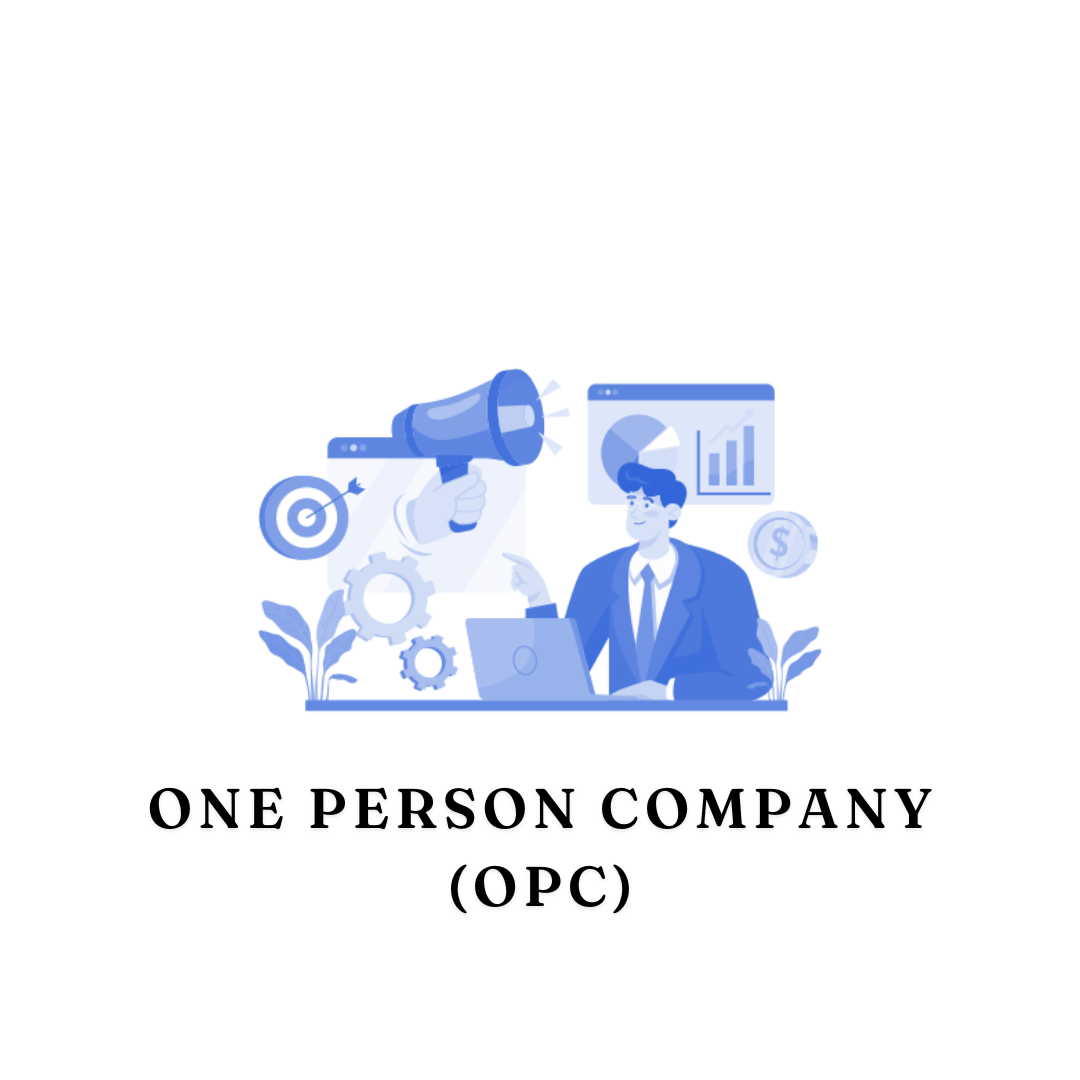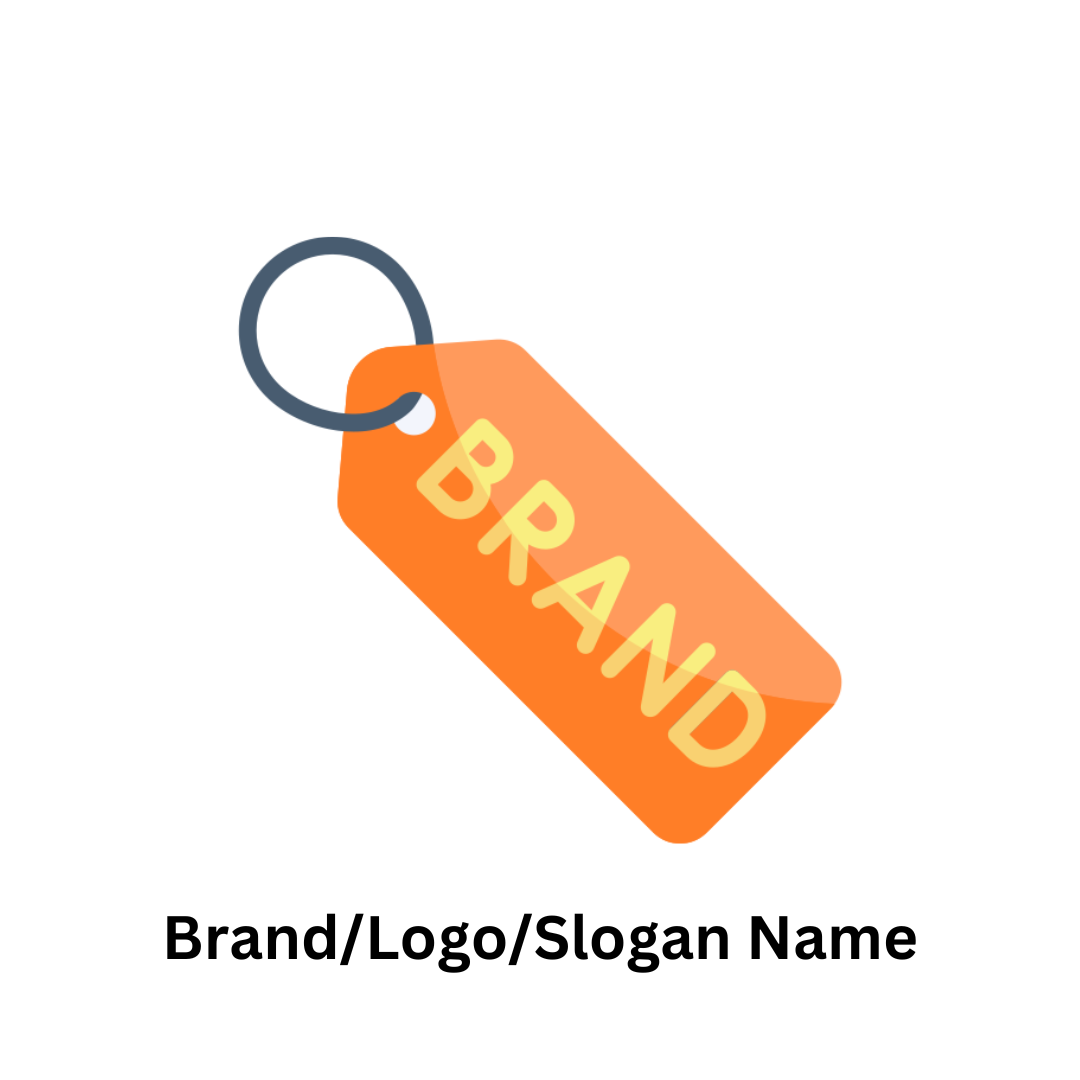
Counsult Us Now

Who Can Obtain A Trademark








- Avail 50% discount on Trademark Registration. For trademark registration, you need to pay Rs. 9000/- as Government fees. But if you own a MSME/SSI/Udyog Aadhar certificate, this Government fee is reduced to 50%.
Fast-Track Your Trademark Registration Today
Trademark filing starts at just ₹1999 + government Fees
First Find Your Trademark Class Now-->
Understanding Trademark Symbols
Trademark symbols serve different purposes, and knowing when to use each one is crucial for protecting your brand.
Trademark Fees
Regular
- Exclusive of Government Fees
- Trademark Application Filing
- Free Class Search
- Free TM Consultation By expert
- Drafting & Filing by TM Expert
- Use TM next to your brand
- Call, Chat, Email Support
- No hidden charges
- .
- .
- .
Standard
- Exclusive of Government Fees
- Trademark Application Filing
-
Creative Logo Design By dedicated Logo Designer
3 logo designs only
- Expertise TM Search Report
- Free Class Search
- Free Consultation till you get TM Mark
- Drafting & Filing by TM Expert
- Use TM next to your brand
- Call, Chat, Email Support
- No hidden charges
- .
Premium
- Exclusive of Government Fees
- Trademark Application Filing
- Expertise TM Search Report
- Free Class Search
- Free Consultation till you get TM Mark
- Drafting & Filing by TM Expert
- Use TM next to your brand
- Trademark Objection Reply
- Trademark Hearing
- Call, Chat, Email Support
- No hidden charges
All In One
- Exclusive of Government Fees
- Trademark Application Filing
-
Creative Logo Design By dedicated Logo Designer
5 logos only
- Expertise TM Search Report
- Free Class Search
- Free Consultation till you get TM Mark
- Drafting & Filing by TM Expert
- Use TM next to your brand
- Trademark Objection Reply
- Trademark Hearing
- Call, Chat, Email Support
- No hidden charges
Trademark Registration & Objection
- Exclusive of Government Fees
- Trademark Application Filing
- Expertise TM Search Report
- Free Class Search
- Free Consultation till you get TM Mark
- Drafting & Filing by TM Expert
- Use TM next to your brand
- Trademark Objection Reply
- Call, Chat, Email Support
- No hidden charges
- .
Key Benefits of Trademark Registration
Registering your trademark offers numerous advantages that go beyond just protecting your brand.
Trademark Registration Process
How Our Experts Handle Your Application

Documents Needed for Trademark Registration





The documents that are required for trademark registration
- Applicant's Name
- Business Type
- Nature of Business and Objectives
- Trademark Details (Name, Logo, or Slogan)
- Registration Address
- Date of Prior Use (if applicable)
- Trademark Image
- Form-48 has been signed. Power of Attorney (POA)
- User Affidavit (if applicable)
- Identity Proof and Address Proof of the Applicant
- Proof of the signatory's address
- Business validation (depends on the type of business)
Why Choose Covering Taxes
- We perform comprehensive research on the availability of your trademark through government sources, ensuring every step is covered, including tax considerations related to trademark registration.
- We prepare an authorization letter on your behalf to proceed with the trademark registration process, addressing all necessary legal and tax-related requirements.
- Our expert services aim to simplify the trademark filing process for you, taking over the responsibilities, including any tax obligations, so you can focus on your business.
- We will guide you in selecting the appropriate trademark classes, providing insights into the tax implications associated with different categories.
- Our assistance extends to the completion and submission of forms to the Registrar, with careful attention to any taxes or fees involved.
- You'll receive constant updates from us throughout the registration process, including notifications on relevant tax payments and government fees.
- We are committed to safeguarding your brand’s identity, while also ensuring that all taxes and legal aspects are thoroughly managed.
How Our Team Works
Complete Our Registration Form & Make the Payment
Trademark Class Search by Our Experts
Drafting of Authorization Letter (Form-48) Will Start by Our Team
Upload the Required Documents
Filing of the Trademark Application by Our Expert
Congratulations! You can use now TM next to your Brand 👍
Eligibility Criteria for Trademark Registration
In India, anyone who claims ownership of a trademark—whether an individual, business owner, corporation, or any other legal entity—can apply for registration. Here’s what you need to know about the process:
Who Can Apply: Individuals, proprietors, companies, and other legal organizations are all eligible to file for trademark registration, as long as they claim ownership of the trademark.
Initial Application and Usage: After the trademark application is filed, the “TM” symbol can be used within a few days, indicating that the trademark registration process is underway.
Registration Timeline: If there are no objections from the Trade Mark Registry, registration typically takes around 6-8 months. However, if an objection is raised, the process may extend up to 18 months or longer.
Post-Registration: Once the trademark is successfully registered and the registration certificate is issued, the registered symbol “®” can be used to indicate legal protection.
Validity and Renewal: The trademark registration is valid for a period of 10 years from the date of registration. To maintain protection, the trademark must be renewed before its expiration.
The Importance of Trademark Registration in India
What are Trademark Classes?
Trademark classes categorize all goods and services into 45 distinct groups. These classifications are crucial for trademark registration because they determine the scope of protection for your brand. When choosing the appropriate classes, it’s important to be careful, as they define the coverage of your trademark for the specific products or services your company offers. If your business provides multiple goods or services across different classes, you must ensure that your trademark application covers all relevant classes.
Here’s an overview of some commonly used trademark classes in India:
Class 9: Covers software applications, electronic devices, and various technological products, including mobile apps, computers, scientific instruments, and electrical equipment.
Class 25: Includes clothing, footwear, and headwear, covering a broad range of readymade apparel and fashion accessories.
Class 35: Encompasses services related to business management, advertising, retail, wholesale, and e-commerce activities. It also covers services like marketing, office functions, and business consultancy.
Class 41: Pertains to education, entertainment, cultural activities, and training services, including online courses, sports activities, event organization, and entertainment shows.
Steps Involved in the Trademark Registration Process
There are some steps involved in the plan of trademark registration-
Selection of a Trademark
Choose a unique and distinctive mark that represents your organization effectively. It’s also crucial to determine the appropriate trademark class. There are 45 trademark classes, with Classes 1–34 covering goods and Classes 35–45 covering services.Search for the Trademark
Once you’ve chosen a mark, perform a search to check if it is similar to any already registered trademarks. This can be done on the Controller General’s website for Patents, Designs, and Trademarks, where you can use the public search option to check the online database. Be sure to select the relevant class for your search.Submission of the Application
File the trademark application using Form TM-A, which allows registration in multiple classes or for a series or collective trademark. There are two fee brackets:- ₹9,000 or ₹10,000: For companies other than startups, small businesses, or individuals. The cost is ₹9,000 for electronic filing and ₹10,000 for physical submission.
- ₹4,500 or ₹5,000: For individuals, small businesses (with MSME registration), and startups. The cost is ₹4,500 for electronic filing and ₹5,000 for physical submission.
- Be careful to fill out the form accurately to avoid delays or rejection. The application should include an image of the trademark with dimensions of 9×5 cm. You may need to provide five copies of the same document, and the full file should be submitted in two duplicates.
Vienna Codification Procedure
The Vienna Codification is an international classification of trademark elements based on the figurative components of the mark. After submitting the application, the Trademark Registrar will classify the trademark according to the Vienna Agreement (1973). During this process, the application status is typically marked as “Sent to Vienna Codification.”
Online Procedure for Trademark Registration
The online procedure of trademark registration involves the following steps:
Search for the Brand Name
- Selecting a unique and distinctive brand name is crucial because generic names are often already registered. Conduct a quick search to ensure your chosen brand name isn’t already in use. You can get creative by coining new terms or combining existing words to develop a distinctive brand name.
Prepare the Trademark Application
- The trademark application must be supported by the following documents:
- Business Registration Proof: Depending on the type of business (e.g., sole proprietorship, partnership), you’ll need to provide identification and address proof for the company directors or partners. For companies, the business address proof is also required.
- Proof of Claim for the Proposed Mark (if applicable): If the mark is used abroad, provide evidence such as sales invoices that mention the brand name.
- Power of Attorney (Vakalatnama): The applicant must sign a power of attorney authorizing the agent or attorney to act on their behalf during the registration process.
- The trademark application must be supported by the following documents:
Submitting the Brand Name Registration Application
- There are two ways to file the application:
- Manual Filing: Submit the application in person at one of the Trademark Registrar Offices located in major cities such as Delhi, Mumbai, Kolkata, Chennai, or Ahmedabad. The acknowledgment will be issued within 15–20 days.
- E-Filing (Form TM-A): Online filing is quicker, as you’ll receive an acknowledgment receipt immediately on the government’s website. The application form can be used to register for multiple classes or as a series/collective trademark.
- There are two ways to file the application:
Examination of the Application
- Once submitted, the Trademark Registrar examines the application to ensure it meets the legal requirements. They check for any visual or phonetic similarities with existing trademarks that are already registered or pending approval. If everything complies, the application will proceed to the next stage.
Publication in the Indian Trademark Journal
- After the examination, if there are no objections from the Registrar, the trademark is published in the Indian Trademark Journal. This publication serves as a public notice for third parties to raise objections if they find any similarities with their existing brand.
- Opposition Period: Within four months of the trademark’s publication, any third party can file an opposition. If no objections are raised during this time, the trademark proceeds to registration.
Opposition Handling (If Applicable)
- If a third party files an opposition, the Registrar notifies the applicant. The applicant must respond by filing a counter-statement within two months. Failure to respond will result in the abandonment of the application.
- Filing Fees: Both the opposing party and the applicant need to pay a government fee of ₹2,700 for filing the notice of opposition or counter-statement.
- If no opposition is filed within the specified period, the trademark will be accepted for registration without any opposition process.
Trademark Opposition Hearing (If Applicable)
- If the trademark is opposed and the applicant has responded, the Registrar schedules a hearing. Both parties present their evidence to support their claims.
- Under Rule 45, evidence is submitted, while Rule 46 allows the applicant to rely on previously filed counter-statements. After hearing both sides, the Registrar decides whether to accept or reject the trademark application.
Issuance of the Trademark Registration Certificate
- If there is no opposition within the designated period or the Registrar accepts the application after a hearing, the trademark is approved for registration. The Registrar then issues the Trademark Registration Certificate with the Trademark Registry stamp.
- Once the certificate is issued, the owner can use the registered trademark symbol (®) alongside the brand name to indicate that it is legally protected.
This step-by-step guide outlines the entire online trademark registration process, making it easier to understand each stage.
Register Your Trademark & Safeguard Your Brand with Covering Taxes
A trademark can be a mark, logo, name, symbol, letter, figure, or word used by an individual or company to uniquely identify its goods or services, distinguishing them from those offered by others. This distinctive identification is crucial for customers to differentiate between products or services. Trademark registration, regulated under the Trade Marks Act of 1999, provides legal recognition and exclusive rights to the owner for the brand’s sale, manufacture, and usage.
Trademark registration is not just about protecting your brand from potential infringers; it also brings financial benefits, such as ensuring compliance with tax regulations. Covering Taxes ensures that your trademark registration process includes comprehensive assistance to address the associated tax considerations, helping you avoid any tax-related complications down the line. By securing your trademark, you protect your brand’s identity while also ensuring financial and legal compliance.
Frequently Asked Questions
A: A trademark refers to a form of intellectual property that includes any distinctive sign, logo, or design used to distinguish the products or services of one source from those of others. When a trademark is specifically used to identify and represent services, it is often known as a service mark.
A: Essentially, a trademark can be any word, name, symbol, or other distinctive element that helps identify and set apart the goods or services of one seller or service provider from others in the marketplace. It also serves to indicate the origin of those products or services.
A: The TM symbol represents an unregistered trademark, which is still recognized for distinguishing similar goods or services. However, under the Trademark Act, an unregistered trademark lacks comprehensive protection and does not provide the owner with the authority to stop others from using the same mark.
A: Trademark class refers to a system used by examiners and trademark attorneys to categorize the necessary documentation, including applications for trademarks and service marks, based on the specific types of goods or services that the marks pertain to.
A: To file a trademark application, you will need the following documents:
- A copy of the logo (optional)
- A signed Form-48
- The incorporation certificate or partnership deed
- Identity proof of the signatory
- Address proof of the applicant
A: You can begin using the ™ symbol once your trademark application is acknowledged, granting you the right to signify your claim. After your trademark is officially registered, you can then use the ® symbol to indicate that your trademark is registered.
A: If a similar word is already trademarked, all hope is not lost. You can create a distinctive logo for your business that incorporates the name, much like how BMW integrates its name into its logo. This approach, known as a logo composite mark, allows for some flexibility. Alternatively, adding a prefix may also be an option. However, striving for a unique name is always the best approach.
A: Trademark approval is ultimately at the discretion of the government. However, if your trademark is distinct and original, there is a good likelihood that it will be granted.
A:
- Copyright protects original creative works, such as literary, dramatic, musical, and artistic pieces. Businesses can copyright their books, reports, and multimedia content.
- Trademark safeguards distinctive words, names, symbols, and colors that set apart products and services from competitors. It identifies the source of goods, allowing companies to register their business names, logos, and slogans to enhance brand identity.
- Patent provides inventors with exclusive rights to their inventions for a limited duration, in return for making their discovery available to the public.
A: You can register various types of trademarks, including:
- A name, which may be a personal name, surname, or even a signature of the applicant.
- A newly created or coined word, or any arbitrary word from the dictionary that isn’t overly descriptive of the product or service.
- Alphanumeric characters, letters, or numerals, or combinations of these.
- Visual elements such as images, symbols, monograms, or 3D shapes.
- Sound marks presented in audio format.
A: A registered trademark is valid for ten years starting from the date the application is filed. The trademark owner has the option to apply for renewal before the validity period ends to maintain protection for an extended duration.


